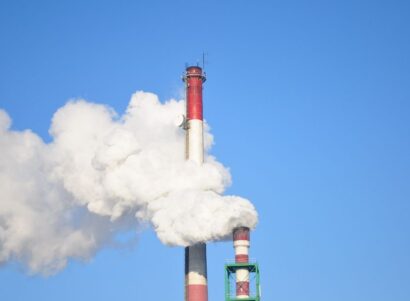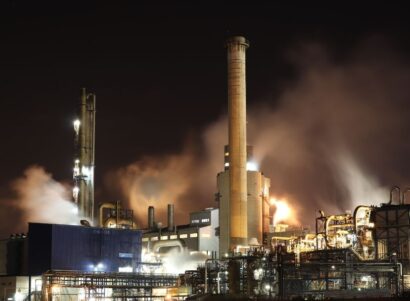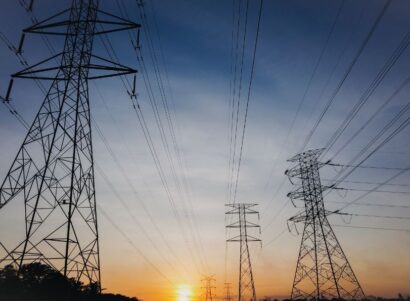Background
In the United States, interstate transmission pipelines that transport natural gas release significant quantities of unburned gas during routine operations and unintentional leaks (e.g., blowdowns and blowouts). In 2020 alone, the Environmental Protection Agency estimated that natural gas transmission infrastructure leaked over 1.4 million tons of methane—a potent greenhouse gas. Despite this, no previous analysis has evaluated whether the gas in this system contains hazardous air pollutants.
In this study, PSE researchers used industry-reported data from natural gas infrastructure expansion applications approved by the Federal Energy Regulatory Commission (FERC) between 2017-2020 and ongoing industry measurements reported for five interstate pipelines from December 2020 through June 2021. Because the industry is not strictly required to report the presence of hazardous air pollutants in expansion applications, over 50 percent of applications did not report any hazardous pollutant data. The pipelines evaluated represent 45 percent of all onshore natural gas transmission systems by mileage.
Findings
Only 49 percent of approved expansion projects disclosed natural gas hazardous air pollutant composition data. However, nearly all industry reports that disclosed hazardous air pollutants included BTEX (benzene, toluene, ethylbenzene, and xylenes) and hexane. Industry reports also included other health-damaging compounds, including mercury, the radioactive gas radon, and hydrogen sulfide.
PSE analyses found that the concentration of hazardous air pollutants in natural gas transmission pipelines varied, however, some concentrations were found to be health-relevant. In the case of benzene, concentrations were reported as high as 299 parts per million, or 30,000 times the short-term exposure level considered low-risk by the California Environmental Protection Agency. Many of the chemicals reported are known to cause neurodevelopmental impairments, lung cancer, leukemia, and respiratory illness.
Conclusions
This is the first study to demonstrate that routine releases and loss of containment events in the natural gas transmission sector could cause exposures to health-damaging air pollutants. These findings add a new dimension to the significant body of evidence showing that gas leaks are a significant source of climate-forcing methane emissions. Actions to mitigate natural gas leaks can simultaneously reduce climate impacts and lower the risk of exposure to hazardous air pollutants including toxic and/or carcinogenic volatile organic compounds, hydrogen sulfide, radon, and mercury.

 Study
Study






